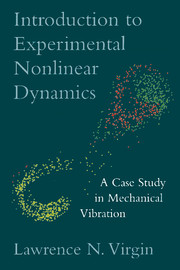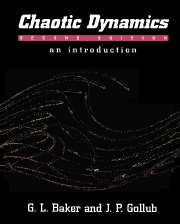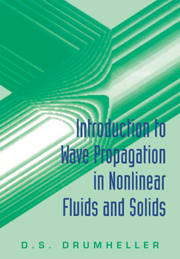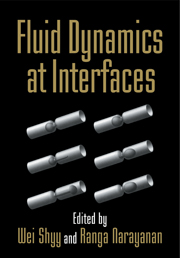Introduction to Experimental Nonlinear Dynamics
Nonlinear behavior can be found in such highly disparate areas as population biology and aircraft wing flutter. Largely because of this extensive reach, nonlinear dynamics and chaos have become very active fields of study and research. This book uses an extended case study - an experiment in mechanical vibration - to introduce and explore the subject of nonlinear behavior and chaos. Beginning with a review of basic principles, the text then describes a cart-on-a-track oscillator and shows what happens when it is gradually subjected to greater excitation, thereby encountering the full spectrum of nonlinear behavior, from simple free decay to chaos. Experimental mechanical vibration is the unifying theme as the narrative evolves from a local, linear, largely analytical foundation toward the rich and often unpredictable world of nonlinearity. Advanced undergraduate and graduate students, as well as practising engineers, will find this book a lively, accessible introduction to the complex world of nonlinear dynamics.
- Widespread interest in nonlinear dynamics and chaos
- Text is very accessible and extensively illustrated
- Only book to emphasise experimental nonlinear dynamics from an engineering rather than a physics perspective
Product details
July 2000Paperback
9780521779319
274 pages
235 × 155 × 18 mm
0.45kg
120 b/w illus.
Available
Table of Contents
- Preface
- 1. Brief introductory remarks
- 2. Background: linear behavior
- 3. Some useful concepts
- 4. The paradigm
- 5. Mathematical description
- 6. The experimental model
- 7. Free oscillations
- 8. Forced response: periodic
- 9. Forced response: non-periodic
- 10. Escape from a potential energy well
- 11. A hardening spring oscillator
- 12. The effect of a stiffness discontinuity
- 13. Two-frequency excitation
- 14. Global issues
- Appendix A. A nonlinear electric circuit
- Appendix B. A continuous system
- References.






